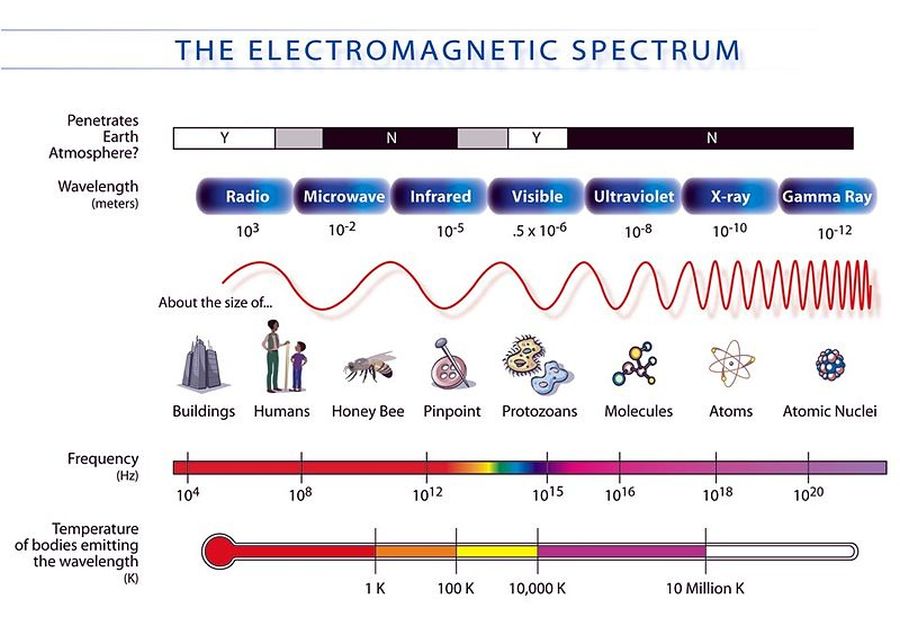Solar EM Radiation and Elementary Particles Emission:

Radio waves, gamma-rays, visible light, and all the other parts of the electromagnetic spectrum are electromagnetic radiation.
Electromagnetic radiation can be described in terms of a stream of mass-less particles, called photons, each traveling in a wave-like pattern at the speed of light. Each photon contains a certain amount of energy. The different types of radiation are defined by the the amount of energy found in the photons.
Radio waves have photons with low energies, microwave photons have a little more energy than radio waves, infrared photons have still more, then visible, ultraviolet, X-rays, and, the most energetic of all, gamma-rays.
The Radiation Zone:
The Core emits gamma quanta and protons with electrons into the Radiation Zone.
In the Radiation Zone, gamma quanta are converted into infrared, visible and ultraviolet radiation.
Protons and electrons pass through this zone unchanged.
The Convection Zone:
IR, Visible Light and Ultraviolet radiation pass through the Convection Zone unchanged.
Protons enter the Convection Zone in radial directions. The more the projections of the vectors of their velocity onto the axis of rotation of the Sun are greater, the more likely they are to leave the surface of the Sun into outer space.
This is due to the fact that in this case the Lorentz force holding the protons near the Sun is small.

